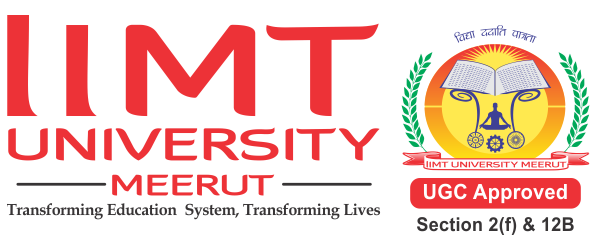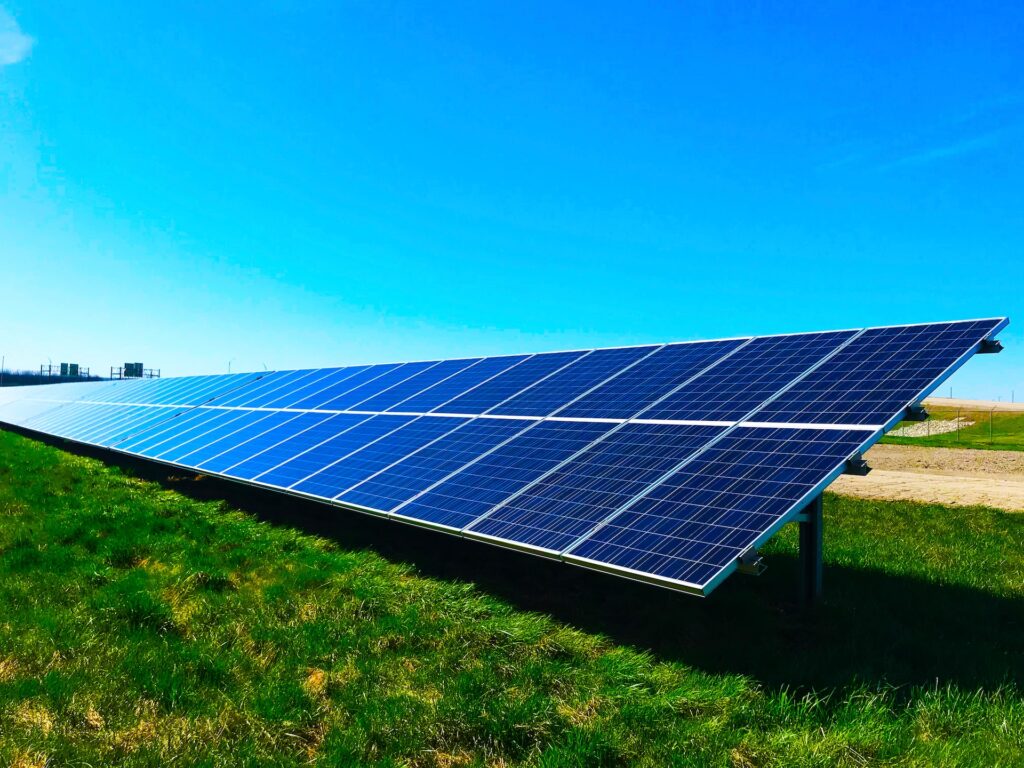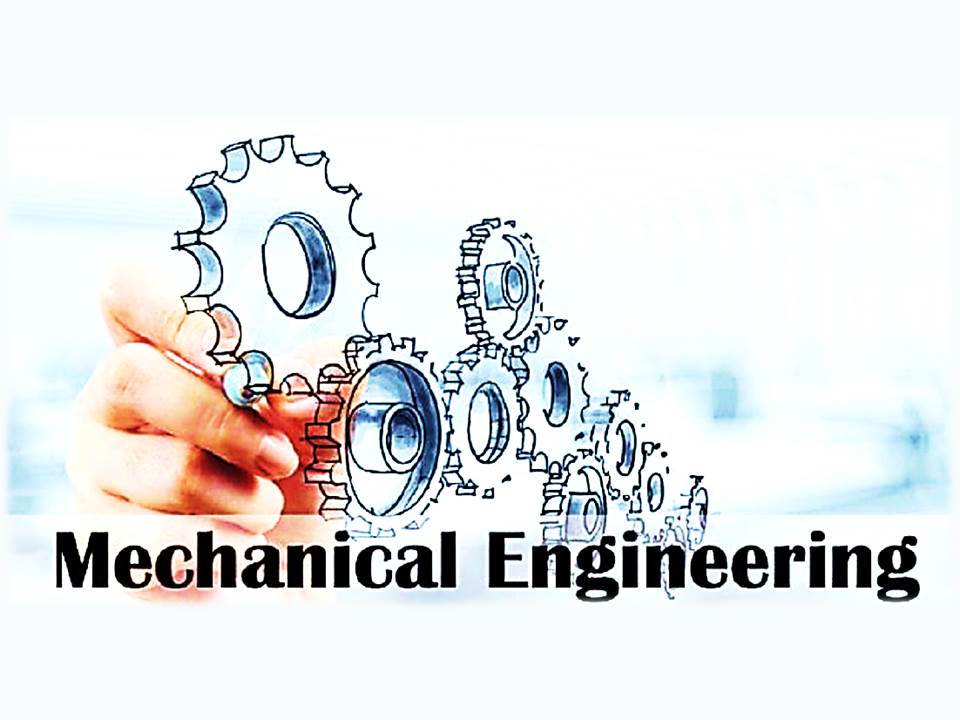❖ Introduction:
In the dynamically evolving realm of technology, a fact that often eludes notice is the sphere of air conditioning systems for mechanical engineers. Over time, there has been a significant metamorphosis in how we cool our environments, driven by advancements in science, engineering, and sustainability. Within this piece, we will investigate the pioneering breakthroughs that have shaped the modern era of air conditioning systems, accompanied by visually compelling images that showcase these technological marvels.
1. The Evolution of Air Conditioning: A Historical Overview
To understand the current advancements, it’s vital to grasp the beginnings of air conditioning. Commencing from the early phases of ice-based cooling to Willis Carrier’s development of the modern air conditioner in 1902, we have taken significant leaps. The historical saga of air conditioning is a captivating journey that has transformed how we dwell, work, and interact with our environment.
⮚ Ancient Customs: The notion of cooling spaces traces its origins to time-honored practices. Societies like the Romans utilized aqueducts to transport cold water through the walls of buildings.
⮚ Humidity-Driven Cooling: In arid regions, people harnessed the efficacy of evaporative cooling, utilizing absorbent clay vessels or moist fabric to decrease the air temperature through evaporation.
⮚ Freon and Refrigerant Developments: The introduction of Freon in the 1920s revolutionized the efficiency of air conditioning systems. Over the years, there have been continuous advancements in refrigerants, with a growing emphasis on environmentally friendly options.
⮚ Unified Cooling: The mid-20th century observed the advent of consolidated air conditioning systems, facilitating more efficient cooling of entire edifices.
This historical review establishes the groundwork for exploring the cutting-edge breakthroughs and advancements in air conditioning systems that epitomize the Modern Cooling Revolution.
2. Smart Cooling: IoT Integration and Automation
The incorporation of Internet of Things (IoT) technology has revolutionized traditional air conditioning, turning it into intelligent and effective systems. Intelligent thermostats, sensors, and automated controls empower users to remotely oversee and regulate their cooling systems. This segment will delve into how IoT has elevated user interaction, amplified energy efficiency, and lessened environmental footprint.
The infusion of IoT and automation has transformed the cooling sector by imbuing air conditioning systems with intelligence and connectivity. Ranging from remote operation and energy conservation to predictive maintenance and adaptive learning, these attributes not only augment user convenience but also bolster the overall effectiveness and eco-friendliness of air conditioning, signifying a noteworthy achievement in the Cool Revolution.
3. Green Cooling: Sustainable and Eco-Friendly Solutions
As environmental awareness expands, there is a growing demand for eco-friendly cooling solutions. Innovations like environmentally friendly refrigerants, air conditioning powered by solar energy, and designs that prioritize energy efficiency are reshaping the sector. Sustainable cooling signifies a fundamental change in the air conditioning industry, underscoring the importance of environmental responsibility and energy conservation. This approach involves adopting sustainable practices such as the utilization of eco-friendly refrigerants, energy-efficient designs, and solar-powered air conditioning systems. By curbing carbon footprints and mitigating the environmental impact traditionally associated with cooling technologies, green cooling not only aligns with global sustainability objectives but also contributes to a healthier planet. The incorporation of these environmentally conscious solutions represents a pivotal element of the Cool Revolution, ensuring that the future of air conditioning is both effective and environmentally aware.
4. Variable Refrigerant Flow (VRF) Systems: Precision Cooling
VRF (Variable Refrigerant Flow) systems have emerged as a transformative force in cooling for both commercial and residential applications. Providing precise control over temperature and zoning, these systems optimize energy consumption while ensuring superior comfort. Unlike traditional HVAC (Heating, Ventilation, and Air Conditioning) systems, VRF systems can modulate the flow of refrigerant to different indoor units, adjusting cooling or heating output based on the specific requirements of individual rooms. This zoning capability enables simultaneous heating and cooling in different spaces, addressing diverse needs within a building.
VRF systems excel in maintaining consistent temperatures, adapting with remarkable precision to changing conditions. This not only maximizes energy efficiency but also guarantees a comfortable environment, making VRF systems particularly well-suited for large commercial buildings, hotels, and residential complexes.
The modular design of VRF systems allows for scalability, enabling them to meet the distinct needs of various spaces within a structure. Furthermore, advancements in VRF technology have resulted in increased energy efficiency, decreased environmental impact, and enhanced overall performance, establishing them as a hallmark of the Cool Revolution. As precision cooling becomes increasingly crucial in modern HVAC solutions, VRF systems emerge as a pivotal player in achieving optimal comfort and efficiency.
5. Air Purification Integration: Beyond Cooling
In response to escalating worries about indoor air quality, air conditioning systems frequently incorporate features focused on air purification. This segment will delve into how these incorporated technologies not only provide cooling but also actively contribute to cultivating healthier indoor environments by eliminating pollutants and allergens.
In the progression of air conditioning systems, a noteworthy development is the assimilation of air purification technologies, going beyond the conventional role of merely cooling. In addition to temperature regulation, contemporary systems now emphasize indoor air quality by integrating air purification features.
The integration of air purification entails the utilization of specialized filters and technologies within air conditioning units to purify the air from pollutants, allergens, and contaminants. This proactive approach plays a vital role in fostering healthier indoor environments, particularly essential in light of increasing concerns regarding respiratory health and overall well-being.
These integrated systems often employ high-efficiency particulate air (HEPA) filters, ultraviolet (UV) lights, or other state-of-the-art purification technologies. They work synergistically with the air conditioning process, trapping and neutralizing airborne particles, mold, bacteria, and viruses. This dual functionality addresses not only thermal comfort but also the overall health and safety of occupants.
As our understanding of indoor air quality expands, the integration of air purification within air conditioning systems exemplifies a holistic approach to environmental control. This significant evolution in HVAC technology signifies a broader commitment to creating living and working spaces that prioritize both comfort and health, marking a transformative aspect of the Cool Revolution.
6. Future Horizons: What Lies Ahead in Air Conditioning
From advancements in artificial intelligence for predictive maintenance to further improvements in energy efficiency, the possibilities are exciting. As we traverse the Cool Revolution, the prospect of air conditioning is filled with thrilling potential, fueled by technological innovation and sustainability. Artificial Intelligence (AI) is positioned to assume a crucial role, facilitating predictive maintenance, optimizing energy usage, and tailoring personalized comfort settings. Intelligent algorithms will adjust to user preferences, learning and foreseeing needs for an unmatched and intuitive cooling experience.
Progress in materials science might result in the creation of more effective and environmentally sustainable refrigerants, alleviating environmental concerns linked to conventional cooling systems. Furthermore, the incorporation of renewable energy sources, like solar and geothermal, has the potential to transform the energy framework of air conditioning, rendering it more sustainable.
Moreover, the Internet of Things (IoT) will persist in linking and optimizing air conditioning systems, fostering smooth communication between devices for extensive home or building management. This interconnected strategy will improve energy efficiency, curtail expenses, and contribute to a more intelligent and sustainable future for cooling technology.
As we peer into the future, the Cool Revolution assures not only progress in cooling capabilities but a comprehensive transformation of how we engage with and perceive the spaces we occupy. The upcoming era of air conditioning is set to be intelligent, sustainable, and customized to the distinct needs of individuals and the planet.
❖ Conclusion:
The ongoing evolution of air conditioning systems, known as the Cool Revolution, is a continual expedition of technological wonders. From intelligent functionalities and environmentally conscious methods to meticulous cooling and air cleansing, the sector persists in pushing limits. The accompanying visuals not only function as visual aids but also stand as evidence of the extraordinary strides taken to create cooler, smarter, and more sustainable environments. As we gaze into the future, one certainty emerges – the cool revolution is still in progress.
IIMT University provides comprehensive education in air conditioning systems, covering the principles of refrigeration, system components, and maintenance. Students gain practical skills in installation, troubleshooting, and energy efficiency. The program ensures a thorough understanding of HVAC technology, preparing graduates for rewarding careers in the rapidly evolving field of air conditioning systems.
Author: Mr. Ajay Pratap Singh,
HoD, Mechanical Department.
To delve further into this cool revolution, click here:





